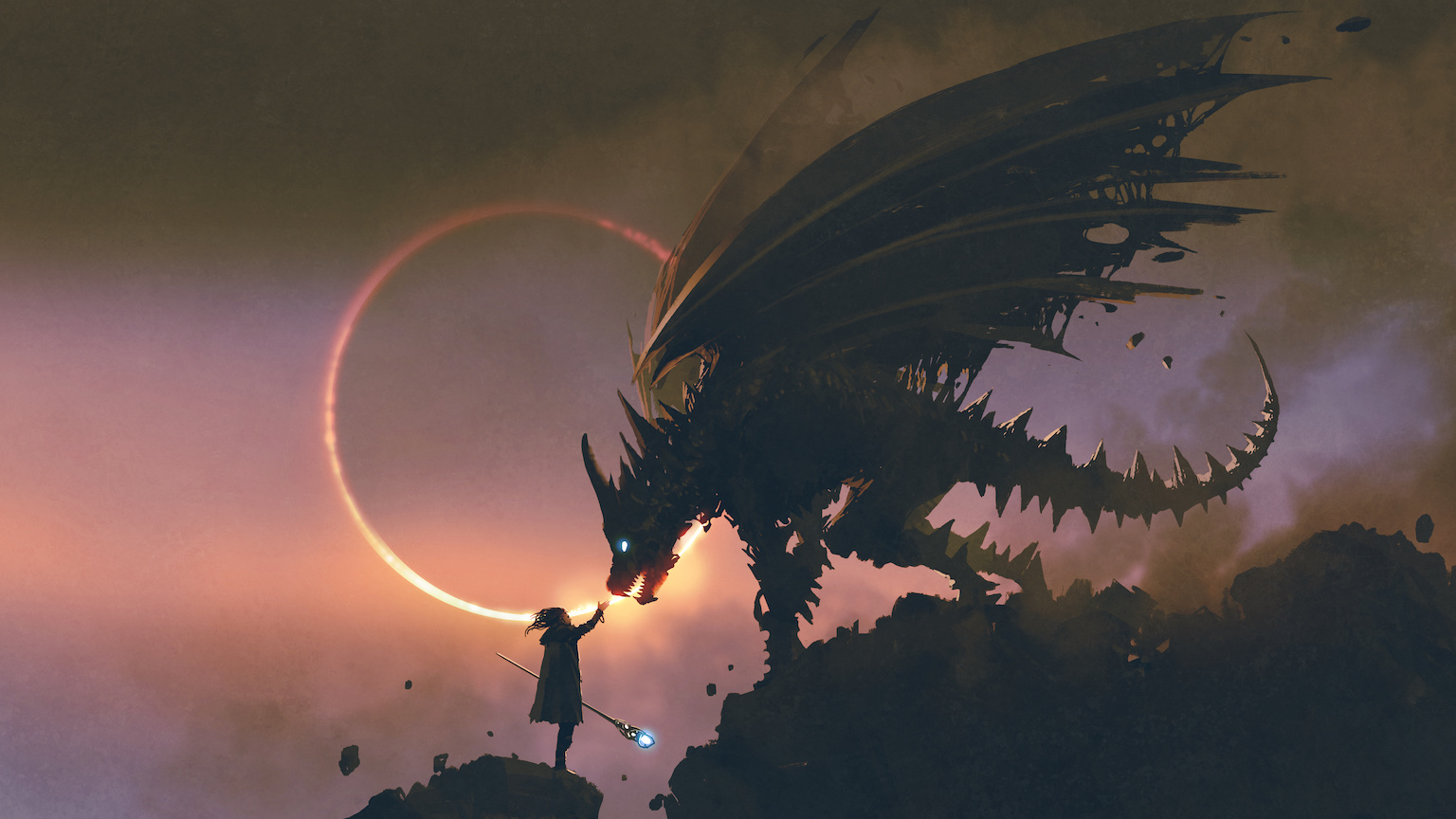Pardis Sabeti: Probably the public doesn’t see enough how fantastic science is. I talk about it sometimes where I think the public often sees the things that are on the surface, right, so they don’t see the director who found that perfect shot and saw the angle and the light came through and the moment. And those are the moments that are the most spectacular, right, where you’re just tweaking something and- but it’s very difficult to portray that to other people is that experience that you have and you have to sort of have it yourself. And I think a lot of these kinds of programs like, like I said, Rock Band, or-- where people are doing it themselves they can get a sense of oh, how awesome it must be to write a song or develop something.
It’s just difficult to see that so people want to be like the actors and the performers and the politicians who are- who they see all the time but the people that are probably having the most fun are the writers and the directors and the producers and the scientists, right, the people in the back that are getting to do the creative process. So I think that it’s the creative process that’s just so tremendous. I don’t really love to perform in music. Some people like it more but it’s not my thing so much but just the writing, when you get the lyric and the lyric just goes just the right way or you find the right bridge that takes you to the solo, and those moments are tremendous and it’s difficult to portray. I think the more kids get engaged in science and then have those moments for themselves the more they’ll appreciate it.
Question: What is your creative scientific process?
Pardis Sabeti: The creative scientific process is-- It’s kind of-- It’s a windy road that has a trajectory but it’s a slow trajectory. You may feel like you’re-- Your PhD-- People talk about it and you’re just going around and around and you feel like you’re going nowhere and you basically kind of keep going until at some point you’re just going to hit the other side just by a stochastic process but the longer you go and the more you- and sometimes you can get yourself on a trajectory but you’re moving. It’s a difficult process.
It’s a lot of exploration of the terrain. Right. Look at the topology of everything and then every once in a while you hit something but it’s not always a clear path. Sometimes it is and nowadays actually a lot of it is actually just technical achievements. So for that at least you kind of see well, we’re just getting past this technology and then we can do- take sequencing to a much higher level and things like that, but a lot of it is an exploration so, yeah, hard to describe.
Recorded on: June 29, 2008





